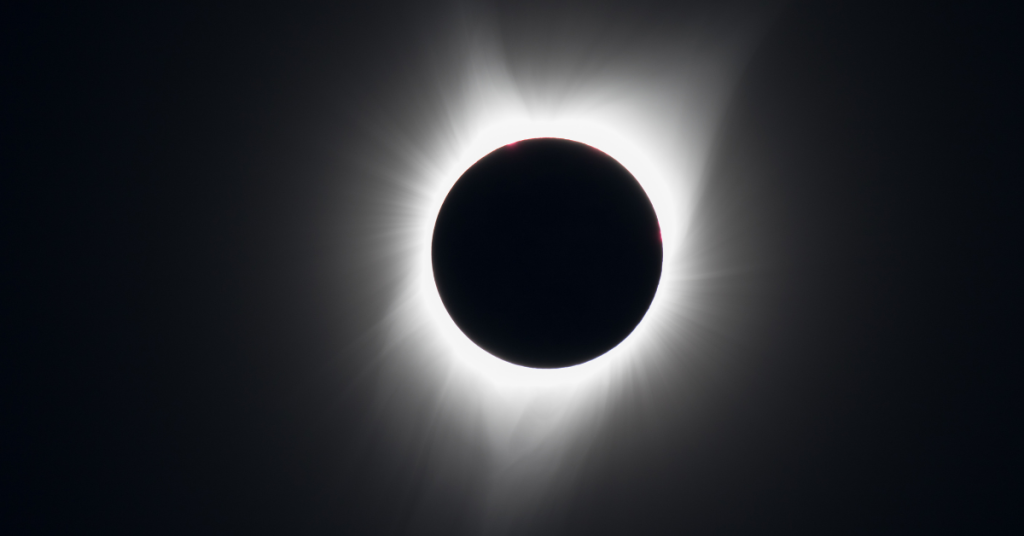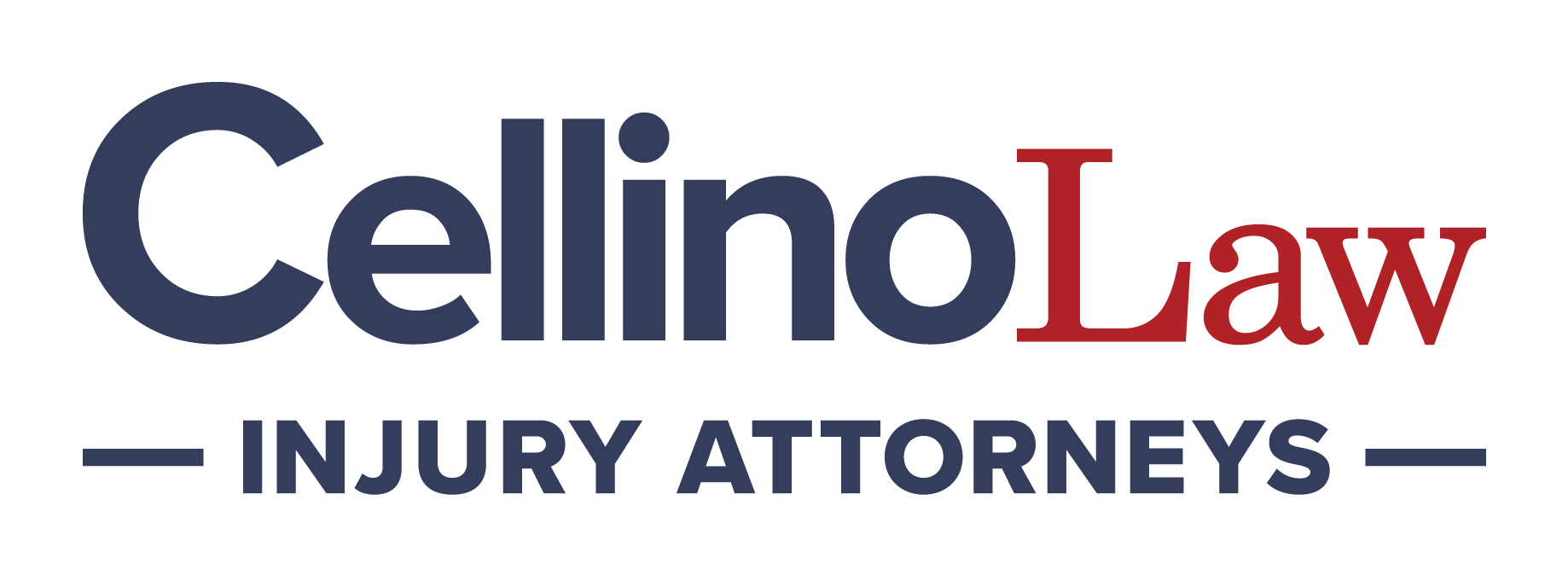 April 2, 2024
|
Reading Time: 7 min
April 2, 2024
|
Reading Time: 7 min
During a solar eclipse, the world comes to a standstill as the moon passes between the sun and the Earth, creating a rare spectacle that people travel miles to witness. While beautiful, these solar events can pose significant risks to drivers.
Driving during a solar eclipse, especially in a city experiencing an influx of tourism for the event, requires heightened caution and awareness. This unique set of hazards can pose a risk of significant injury for both drivers behind the wheel and those out and about when the eclipse happens.

Limited Visibility
One of the most immediate dangers encountered while driving during a solar eclipse is the sudden reduction in visibility. This drastic change in lighting conditions can catch drivers off guard, impairing their ability to see clearly or react swiftly to hazards on the road.
Potholes, debris, and other hazards may become obscured by shadows, increasing the likelihood of accidents or collisions. Furthermore, the transition from bright sunlight to near darkness presents a formidable challenge for drivers, as their eyes struggle to adapt to the rapidly changing environment. Adjusting to the twilight-like conditions requires time and concentration, during which drivers must remain vigilant and attuned to their surroundings. In such circumstances, it’s wise to practice defensive driving techniques, such as:
- Reduce speed;
- Increase following distances; and
- Exercise caution when navigating through unfamiliar terrain.
By anticipating potential hazards and maintaining situational awareness, motorists can mitigate the risks posed by diminished visibility and safely navigate through the shadows cast by the eclipse.
Visual Distraction
While the spectacle of a solar eclipse captivates onlookers, it also poses a significant visual distraction for drivers on the road. The allure of witnessing a rare cosmic event may tempt motorists to steal glances at the sky, diverting their attention from the road.
Removing your eyes from the road, even for a few seconds, can lead to a collision with another car, pedestrian, cyclist, or stationary object. Distracted driving, coupled with the reduced visibility caused by the eclipse, creates a perfect storm of hazards on the road, increasing the likelihood of car accidents.
To combat the temptation of distraction, drivers must prioritize safety above all else, refraining from attempting to view the eclipse while behind the wheel. Drivers should focus their attention solely on the task of driving, keeping their eyes on the road and their hands on the wheel. Pedestrians and cyclists should also exercise increased caution, paying particular attention when crossing the road or coming near moving traffic – even if they have the right of way.
Unpredictable Wildlife Behavior
While drivers contend with the challenges posed by diminished visibility and potential distractions during a solar eclipse, they must also remain vigilant for unexpected encounters with wildlife on the road. Solar eclipses can trigger unusual behavior in animals that may respond to the sudden darkness and changes in light patterns.
The erratic behavior exhibited by wildlife during a solar eclipse can catch drivers off guard, increasing the likelihood of collisions or road incidents. Motorists should exercise caution when driving through areas known for wildlife activity, particularly during the eclipse’s peak. Reduced speed, heightened awareness, and the use of headlights can help drivers spot animals in their path and take evasive action if necessary.
Additionally, drivers should be prepared for sudden movements or unpredictable behavior from wildlife and adjust their driving accordingly. By remaining vigilant and alert to the presence of wildlife on the road, motorists can minimize the risk of accidents and ensure the safety of both themselves and any animals they encounter.
Potential For Panicked Drivers
As the moon’s shadow sweeps across the landscape during a solar eclipse, it can evoke a range of emotions in observers, from wonder to anxiety. Some individuals may experience feelings of unease or panic, particularly if they are unprepared for the event or unaware of its occurrence. Panic among drivers can lead to erratic maneuvers, aggressive driving, or other reckless behaviors, further exacerbating the risks on the road.
To mitigate the amount of potentially panicked drivers on the road, education and awareness campaigns are essential, providing drivers with information and guidance on safe driving practices during a solar eclipse. As a driver, it is always imperative to stay alert to driving conditions; during am event like an eclipse, this can include taking the time to educate yourself to road closures and changes in traffic patterns and to ensure that you will receive or review any safety updates your town or city may provide.
Risk Of Eye Damage
While driving, attempting to view the solar eclipse without proper eye protection poses a risk for eye damage or even blindness. Staring directly at the sun, even during an eclipse, can cause permanent damage to your retinas, leading to vision impairment either temporarily or long-term. Despite widespread awareness of this danger, some drivers still may succumb to the temptation to glance at the eclipse.
While any passengers who may observe the eclipse should have certified solar viewing glasses, drivers are not recommended to drive with their solar eclipse glasses on. Instead, drivers should utilize their sun visors to protect from any harmful rays, or pull off to a safe parking spot if they wish to view the eclipse while wearing protective eyewear.
Traffic Delays And Congestion
As the date of a solar eclipse draws near, crowds of spectators flock to prime viewing locations along the eclipse’s path. As a result, roadways leading to these vantage points often experience increased traffic congestion, exacerbating the challenges faced by drivers on the road. The influx of vehicles, coupled with distractions posed by the eclipse itself, can result in gridlock, delays, and frustration among motorists – especially in cities not equipped for heavy traffic flow. Navigating through congested areas requires patience, foresight, and a proactive approach to road safety.
To minimize the impact of traffic congestion, drivers are encouraged to plan their routes in advance, identifying alternative paths to avoid heavily congested areas. Additionally, leaving early or adjusting travel times to avoid peak traffic periods can help alleviate congestion and reduce the risk of a road rage incident. By planning ahead and adopting a patient and cooperative mindset, motorists can contribute to smoother traffic flow and safer conditions on the road, ensuring that all travelers reach their destinations safely.
Call Cellino If You’ve Been Injured
As drivers prepare to navigate the highways and byways during a solar eclipse, they must remain cognizant of the multifaceted dangers that accompany this celestial event. From the perils of diminished visibility and the temptation of distraction, to the challenges of encountering wildlife and navigating through congested roads, the potential hazards are numerous and varied. However, by prioritizing safety, exercising caution, and adhering to responsible driving practices, motorists can mitigate these risks and ensure safe passage through the shadowy domain of the eclipse.
In the event that you are injured in an eclipse-related car accident, Cellino Law is here to fight for you. Our team understands the dangers that a major event (and the resultant crowds, unanticipated changes and potential distractions) can create on the road. If you’ve been injured, contact our team at 888-888-8888 to discuss your case.

Content checked by the personal injury attorney Ross Cellino. As a family man and a trial attorney, I pride myself on winning cases and serving the community. With over 35 years of experience, I understand the function of a jury, how juries arrive at conclusions, and the role that the jury plays in administering justice. I know how to win cases. You can find us in Manhattan, Buffalo, Melville, Rochester, Brooklyn, The Bronx, Queens and other locations throughout New York.

